Mod of the Week: Advanced Genetics, for Minecraft
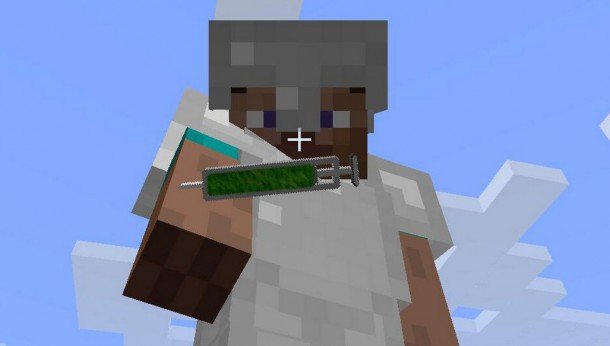
Feel like doing a little mad science? The Advanced Genetics mod lets you collect DNA from Minecraft's monsters and animals, analyze it, decrypt it, and grow it in your lab. Then, you can inject it into yourself, gaining the abilities of the monsters you harvested from, like the the Enderman's teleportation power, the Ghast's fireballs, the Skeleton's endless arrows, and tons more.
You'll need a few things to get started. First, dig yourself a nice big lab: you're going to be filling it with tons of new lab equipment. Next, collect roughly 800 tons of coal, because each piece of equipment needs power, and plenty of it. Just ask NASA: science takes a crapload of fuel (though NASA probably doesn't use the term "crapload").
I won't bother going through all the new crafting recipes since they're all in the mod's wiki , but you'll want to start with making a Scraper out of stone and iron. This is the tool you'll be using to not-so-gently remove skin cells from the creature of your choice. I decided to start with a lowly chicken, because it has an immensely useful ability: it takes no fall damage. In Minecraft's survival mode, I am constantly shattering my ankles by walking or falling off the edges of things. My plan is to gather a chicken's DNA, extract the gene responsible for no fall damage, and inject it into my own body.
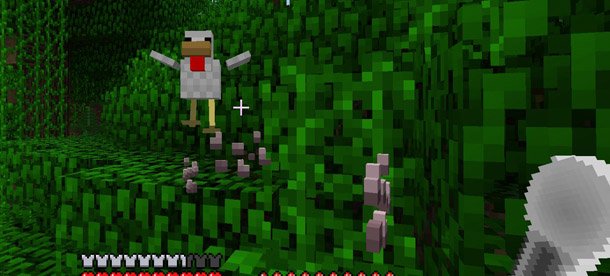
Minecraft seeds: Fresh new worlds
Minecraft texture packs: Pixelated
Minecraft skins: New looks
Minecraft mods: Beyond vanilla
Chickens, I discover, have a second genetic ability, which is to never be around when you're specifically looking for one. Eventually, I find a trio of chickens in a tree and scrape off so much of their skins cells that they die. I really wasn't trying to kill them, but you do need to collect a crapton of skin cells for all the science. (NASA probably doesn't use the term "crapton" either.)
Then, it's back to my lab, where I've built a large collection of science machines. The first one I use is the DNA Analyzer, which takes the blob of chicken skin and extracts one pristine cell, along with some waste matter called Organic Drops, which can be used for fuel in lieu of coal. Next, I take my new chicken cell and put it into the DNA Extractor, which produces an encrypted helix cell. From there I use the DNA Decrypter to decode the helix, and then the DNA Splitter to separate out the useful genes.
This can take a bit of time, as not every chicken cell has the particular gene I need, in this case, the No Fall Damage gene. More often than not, the Decrypter and Splitter will produce a Basic Gene, which has no inherent abilities written into its code -- however, the Basic Gene is still plenty useful in the process ahead.
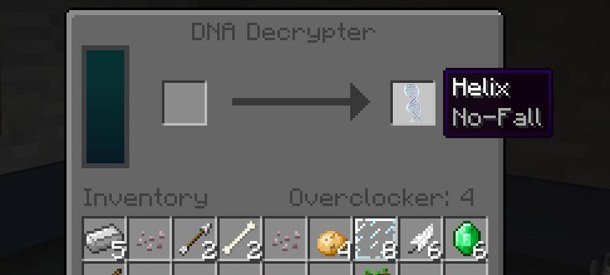
Eventually, I manage to extract the No-Fall Helix. Now, it's time to grow it in the DNA Breeder, and that's where all those Basic Genes come in handy. By stuffing them into the Breeder alongside the No-Fall Gene, I can cook enough to produce a functional DNA segment. This tends to take ages and a lot of material: just to build this strand of DNA, I need sixteen separate genes. But hey, science takes a lot of work.
The biggest gaming news, reviews and hardware deals
Keep up to date with the most important stories and the best deals, as picked by the PC Gamer team.
If this seems complicated, it's actually kind of not. Yes, there are a lot of steps, and a lot of different machines to complete these steps, but once you've got your lab set up and your machines all in a nice row and you've gone through the steps once or twice, it's really just a bit of simple assembly line activity (though a tad time-consuming). The wiki also has a nice set of starter instructions .
Now it's time to jam this new DNA into my body. First, I use a crafted syringe to extract some of my own blood. Then, I spin the syringe in the centrifuge. Next, I put my new chicken DNA and my blood-filled syringe into the DNA Combiner. I give the syringe another spin around in centrifuge, and now I'm ready to inject myself with a tube full of chicken-science.
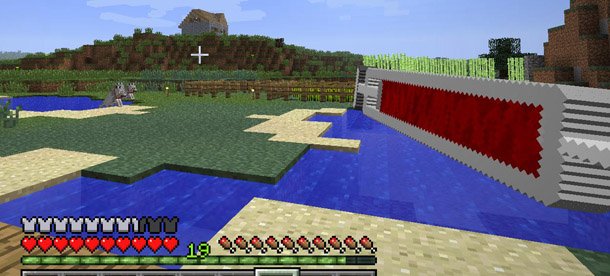
The screen goes wonky-woo for a bit as my DNA code is rewritten with chicken powers. When it's done, it's time to test out my new genetic skill -- the ability to fall safely from any height -- in the only scientifically reasonable way: by building a massive noob tower and jumping off it.
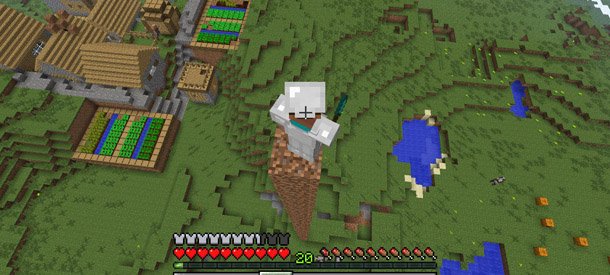
Sure enough, I land with a clunk but no actual damage done to myself! I am infused with the powers of a chicken! Of course, the day might come when (for some reason) I want to once again get hurt by falling from heights (note: this day will never actually come). Luckily, there are machines I can build just for that. Anti-genes can be crafted and injected to kill your revised DNA, much in the same process we just went through.
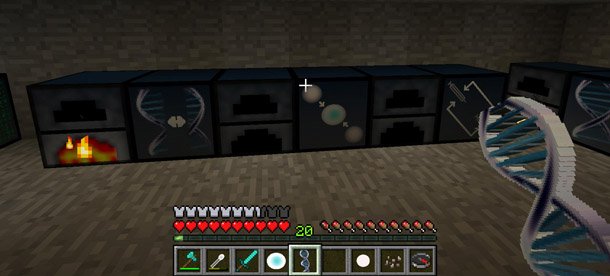
So, what other abilities can you analyze, extract, decrypt, split, grow, and inject from the creatures of Minecraft? Plenty. Take some skin from a sheep and perform science on it, and you'll gain the ability to eat grass, which is exceptionally useful in survival mode. Harvest some DNA from a squid and you can acquire the power to breath underwater. Scrape up some ocelot dander and you'll be able to chase away Creepers.
It doesn't end with just animals: you can harvest from monsters and gain some of their powers as well. You'll be able to swim through lava like Pigmen, teleport like Endermen, explode like Creepers, fly like bats, and fling fireballs like Ghasts or Blazes. Sure, once you've got a bunch of these powers coursing through your veins, it may feel like a bit of a cheat, but at least building all these machines and going through the complicated steps makes you work for them a bit.
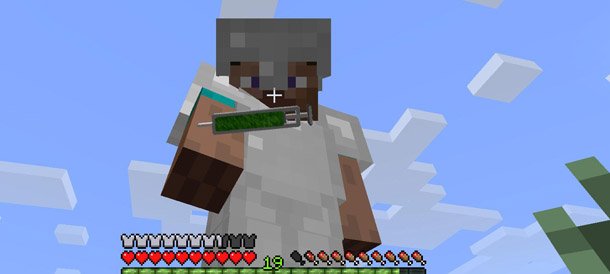
Installation : I installed this mod for Minecraft 1.6.4. There's a download link on the mod's site , and you'll also need Forge version 1.6.4 . And here are some pretty good instructions on how to install mods for this version of Minecraft.

Chris started playing PC games in the 1980s, started writing about them in the early 2000s, and (finally) started getting paid to write about them in the late 2000s. Following a few years as a regular freelancer, PC Gamer hired him in 2014, probably so he'd stop emailing them asking for more work. Chris has a love-hate relationship with survival games and an unhealthy fascination with the inner lives of NPCs. He's also a fan of offbeat simulation games, mods, and ignoring storylines in RPGs so he can make up his own.


